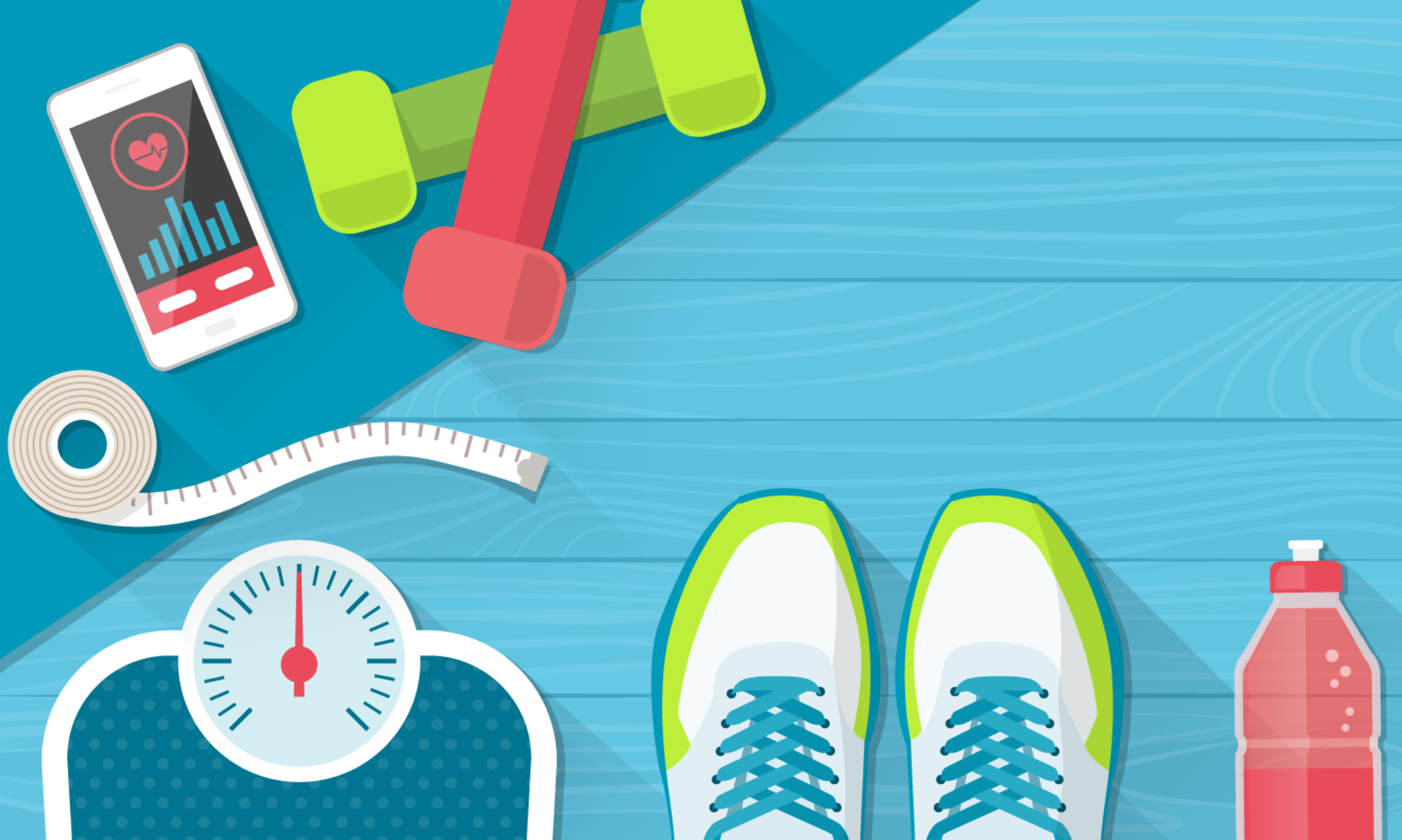This project was a huge learning curve for all researchers in the team. At the initial stages, it was defined that this would be a consultancy work, the idea was to treat as one of the health & fitness apps approached us to write a report. The plan worked.
Weeks before starting this project, a report about user research methods guided the team to take right decisions when determining what were the user research methods necessary to achieve the goals of this project. Even with the correct research methods, the lack of a holistic view of the whole project meant that the questionnaire failed to answer questions about the target audience. The solution was to send another questionnaire focused solely on MyFitnessPal users. The mistake helped the team to consolidate the knowledge it had about the users, and the Persona was constructed with a solid foundation.
Another relevant aspect of the user research for this project was the triangulation of information. This project, because of its nature, proved that user behaviours and attitudes can be different. Users mentioned that they have long-term goals, but in reality, they have short-term goals triggered by life events. Users also indicated the ease of use of MyFitnessPal, but the contextual inquiry detected that users have trouble performing simple tasks or finding functionalities within the app.
Working remotely proved challenging in some aspects, which were not thought they could be problematic at first. Online tools like Boardthing allowed the team to collate and collaborate. The Skype calls were crucial to enable the team to talk over elements on Boardthing. This process proved that the user research can be done working remotely. On the other hand, prototyping proved to be a different situation, the lack of collaboration tools within Sketch meant that there was a disconnection between the talks and the screens produced. Another prototyping tool might have been better for a team where its members are far apart. Besides that, the team members were happy to have learned Sketch, I included. As Sketch is a leading prototyping tool, the decision to go with it was probably overlooked.
The screens were designed following a thought process that was not correct. Users wanted to add ingredient by ingredient, the same way they operate on the current MyFitnessPal. Over time this mental model could change, but that was out of the scope for this project. Because of the limitations of the prototyping, it was difficult to predict every interaction the user might have with a chatbot. The next step for this project would have been to give the user interaction with a fake chatbot via Whatsapp, one of the researchers would control the other end. This step would allow better insight into the user’s mental model.
Working with users interacting with chatbots was a vast unknown for the team. Stripping down the UI did not mean less work, it meant more research in areas that were entirely new for everybody in the group.
Contributions
Looking back at the project, everybody in the team contributed in all aspects of it; everybody participated, opinionated, discussed and interviewed users. These discussions allowed us to explore different areas and to view from different angles.
A participation scale was designed (Fig. 1) and the scores were assigned to each area of the project (Fig. 2).
| Rating | Avaliation | Notes |
|---|---|---|
| 1 | No Participation | My participation was non-essential for this part of the project. |
| 2 | Poor Participation | My contribution was below of the efforts of my teammates. |
| 3 | Medium Participation | My contribution was at the same level as my teammates. |
| 4 | Good Participation | My contribution was important for this part of the project. |
| 5 | Excellent Participation | My contribution was essential for this part of the project. |
Figure 1. The participation scale.
| Area | Participation Rating |
|---|---|
| Quantitative Research | 5 |
| Perception Test | 5 |
| Qualitative Research | 4 |
| Heuristic Evaluation | 5 |
| Information Architecture | 3 |
| Problem Statement | 4 |
| Demographics | 5 |
| Personas | 3 |
| Task Analysis | 4 |
| Scenarios | 3 |
| Storyboards | 3 |
| Competitive Analysis | 5 |
| Prototyping | 3 |
| User Testing | 4 |
| Redesign | 5 |
Figure 2. The participation scale was given to each area of the project.
